303 Views
Fall Gardening Tips - What to Plant & When to Plant It

by
Melissa Russo
(IC: blogger)
While most of us are trying to hold onto every last second of summer, now is the time to start thinking about your fall vegetable garden. I know, you probably don’t want to face the fact any more than I do that summer is almost over. Fall is a wonderful time of year though! I love the crisp, cool air, the beautiful orange and yellow hues and the bountiful produce that we are harvesting on our farm.
It’s time to turn our attention to those cool weather favorites like lettuce, spinach, and broccoli Just because summer is coming to a close doesn’t mean you have to stop gardening. A lot can be grown in your fall garden. Here at Russo’s, it is actually our busiest time of year because we are still harvesting our summer crops (like corn, tomatoes and beans) as well as all the fall crops we grow (such as cabbage, lettuces, broccoli, and spinach to name a few). At home, I also like to replant and freshen up my herb garden in August too. I love my herbs (I know, I have told you this many times) and my herb garden is looking a little sad right now. Freshly planted herbs will grow and produce just like fall crops until our first frost.
SO WHAT CAN YOU PLANT? BASICALLY, FALL VEGETABLES ARE ONES THAT GROW BETTER IN THE COOLER WEATHER.
Enjoyed the project?

Want more details about this and other DIY projects? Check out my blog post!
Published November 7th, 2014 7:53 AM






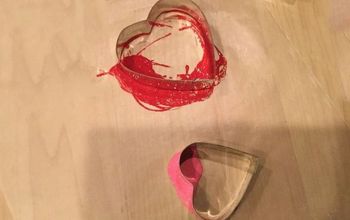
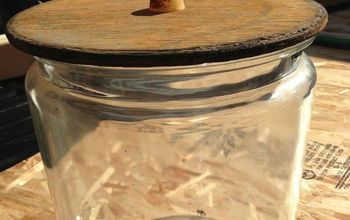

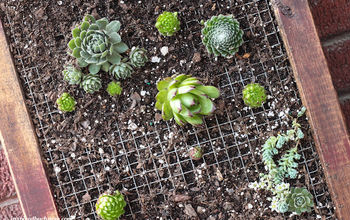
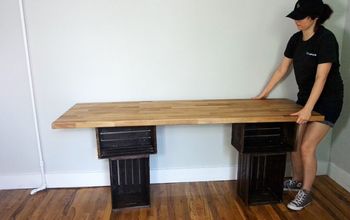



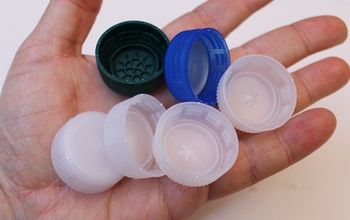


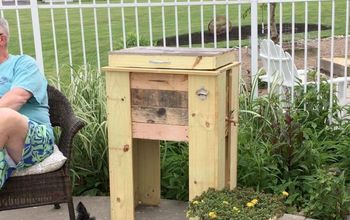




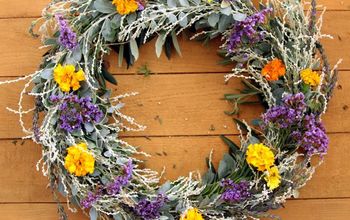



Frequently asked questions
Have a question about this project?